Below is an in-depth guide to help you make the best planting choices in Zone 9 in June, with a focus on temperature tolerances, planting dates, and care tips for each selection.
Vegetables To Plant
Planting vegetables in June in Zone 9 can lead to bountiful harvests by the end of summer. Here are ten engaging vegetable options to consider:
Tomatoes
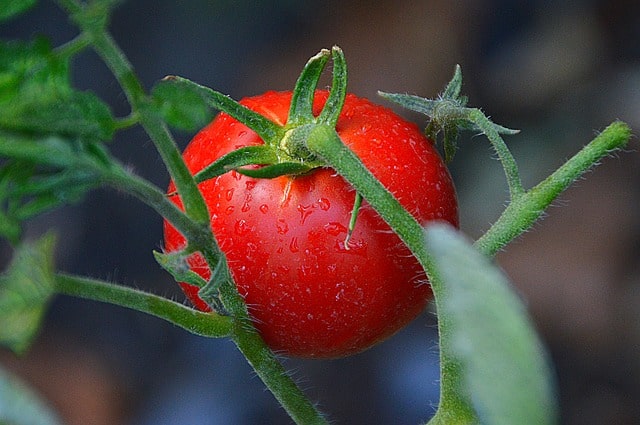
Temperature Tolerance: Tomatoes love warmth and thrive best at temperatures between 70°F and 85°F (21°C to 29°C). They can tolerate higher temperatures but suffer if the mercury rises above 90°F (32°C) for extended periods, especially during their blooming phase.
Planting Information: In Zone 9, June is an excellent time for planting tomato varieties like ‘Heatmaster’ or ‘Sun Gold.’ These varieties are specifically bred to withstand the summer heat. Ideally, transplant seedlings outdoors after the last frost date, usually by mid-April to early May.
Care Tips: Provide ample space for each plant—24 to 36 inches apart—allowing for good air circulation and easier maintenance. Ensure consistent watering, especially during fruit development, to reduce acidity and promote juiciness. Employ mulch to retain soil moisture and suppress weeds.
Peppers

Temperature Tolerance: Peppers flourish best in temperatures ranging from 70°F to 85°F (21°C to 29°C). They are sensitive to cold, making them unsuitable for frost-prone areas.
Planting Information: In June, you can begin planting heat-tolerant varieties such as ‘Jalapeño’ and ‘Bell Pepper.’ Seedlings can be planted directly into the ground if they were started indoors a few weeks prior.
Care Tips: Space pepper plants 18 inches apart and provide sun exposure of at least 6 to 8 hours daily. Consistent watering is pivotal during flowering and fruiting phases. Adding organic compost to the soil enhances fertility, supporting robust growth.
Cucumbers
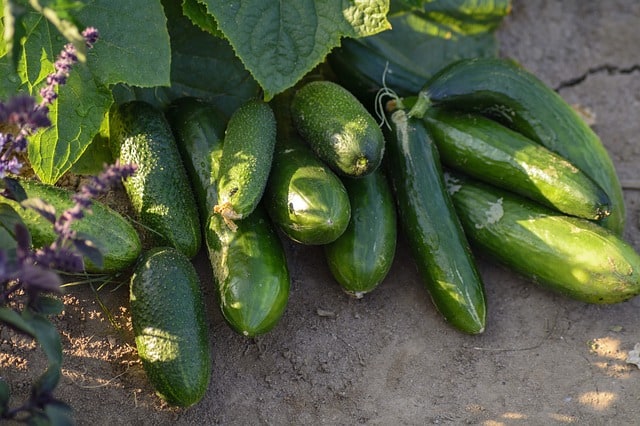
Temperature Tolerance: Cucumbers thrive in warm conditions, preferring temperatures between 70°F and 90°F (21°C to 32°C), and can suffer in cooler weather, particularly during evening temperatures below 60°F (15°C).
Planting Information: June is an optimal planting time for varieties such as ‘Straight Eight’ and ‘English Cucumber.’ Direct sow seeds or transplant seedlings into the garden after the last frost.
Care Tips: Plant cucumbers in well-drained soil with a pH of 6.0-6.8. Space plants about 36 inches apart with trellises to support vining types. Regular watering is essential, especially as they develop fruit. Consider companion planting with beans or radishes to enhance growth.
Squash
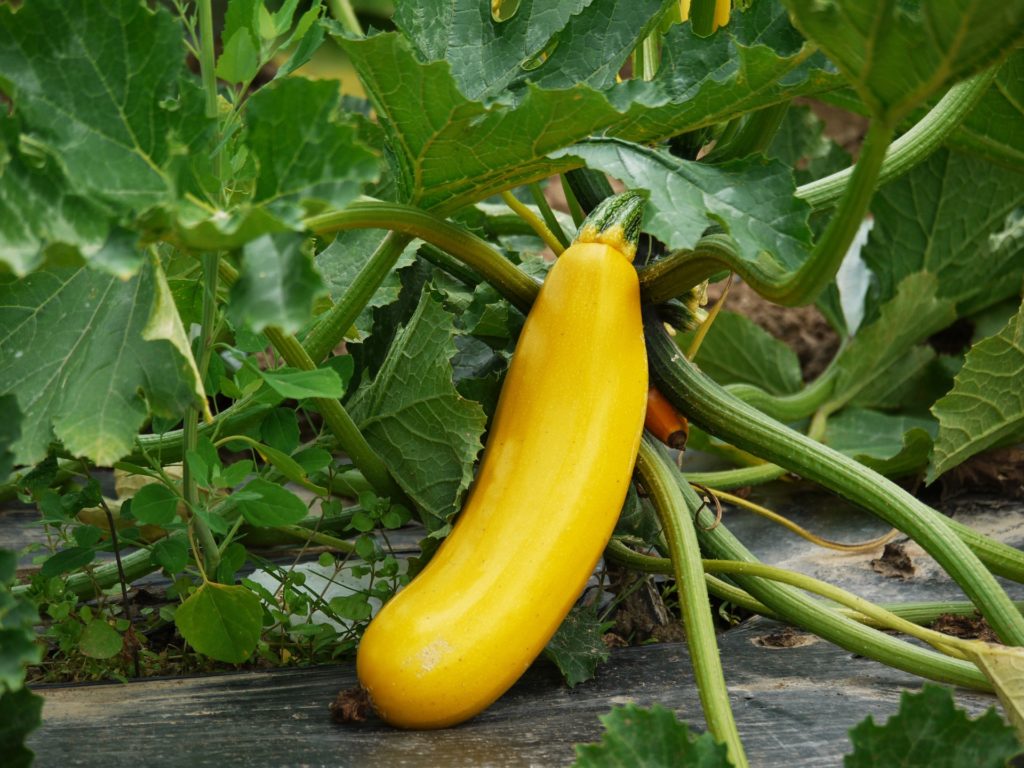
Temperature Tolerance: Summer squash enjoys warm temperatures, thriving between 70°F and 95°F (21°C to 35°C). They are sensitive to frost, so planting should be delayed until the danger of frost has passed.
Planting Information: White varieties, including zucchini and yellow squash, can be directly sown in June. Plant seeds about one inch deep, and you can also start seedlings indoors a few weeks earlier.
Care Tips: Space seeds or seedlings about 24 inches apart to allow ample room for growth. Water deeply and consistently as squash plants are about 90% water. Consider mulching to prevent weeds and retain soil moisture, as squash requires significant irrigation for optimal growth.
Beans
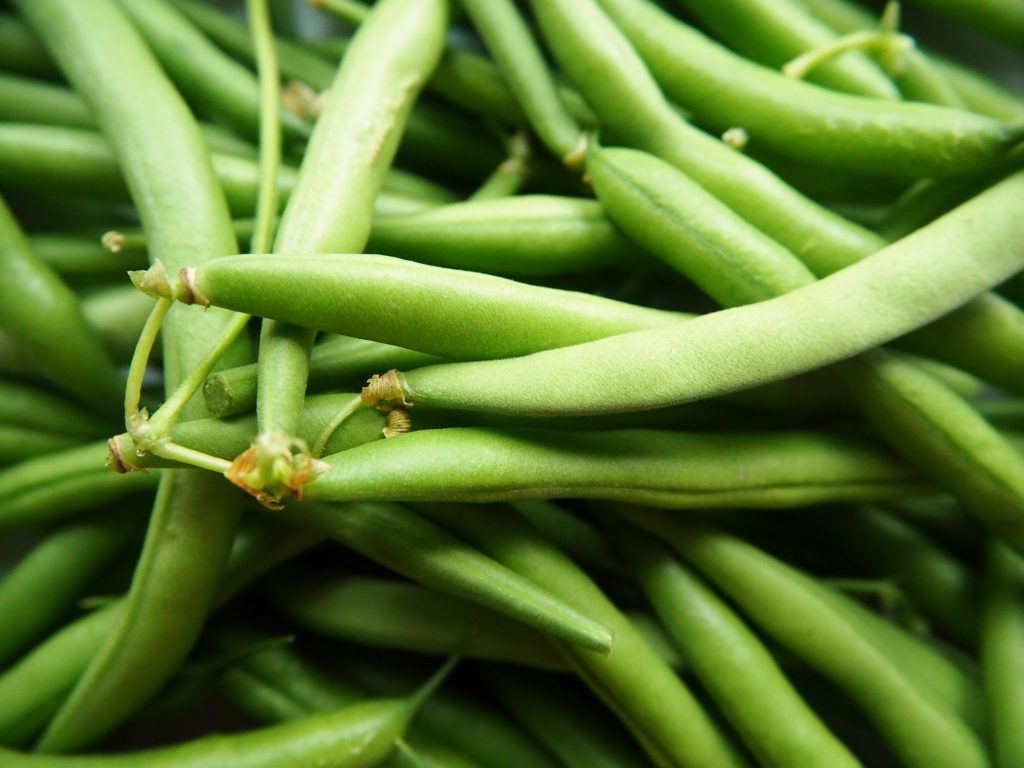
Temperature Tolerance: Beans are a resilient vegetable and love the warm weather, preferring temperatures between 70°F and 90°F (21°C to 32°C).
Planting Information: June serves as an ideal month for sowing both bush and pole beans like ‘Blue Lake Bush’ or ‘Kentucky Wonder.’ Seeds can be sown directly into the soil when the soil temperature reaches at least 60°F (16°C).
Care Tips: Space bush beans about 18 inches apart while climbing varieties need a trellis or stake for support. Regular watering is essential, especially during flowering, to encourage substantial yields. Beans also fix nitrogen in the soil, improving upon nutrient availability for companion plants.
Eggplant
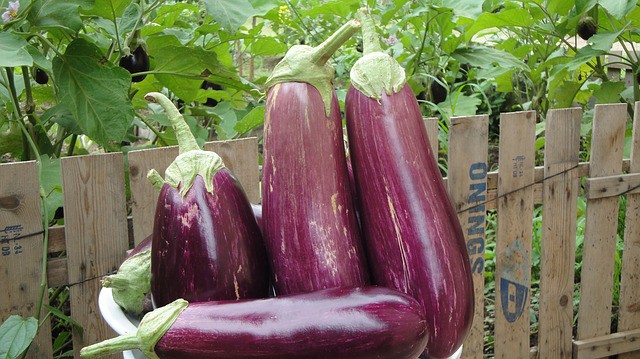
Temperature Tolerance: Eggplant loves warmth and does best when temperatures range from 70°F to 85°F (21°C to 29°C), thriving in sunny environments.
Planting Information: Plant heat-tolerant varieties like ‘Black Beauty’ or ‘Ichiban’ in June. Seedlings can be transplanted in soil that has warmed up, usually around mid-May in Zone 9.
Care Tips: Space eggplants 18 to 24 inches apart to enable good airflow and prevent diseases. Water regularly, allowing the top inch of soil to dry out between watering sessions. Fertile and well-draining soil will yield plump fruits, so consider adding compost or slow-release fertilizer.
Melons
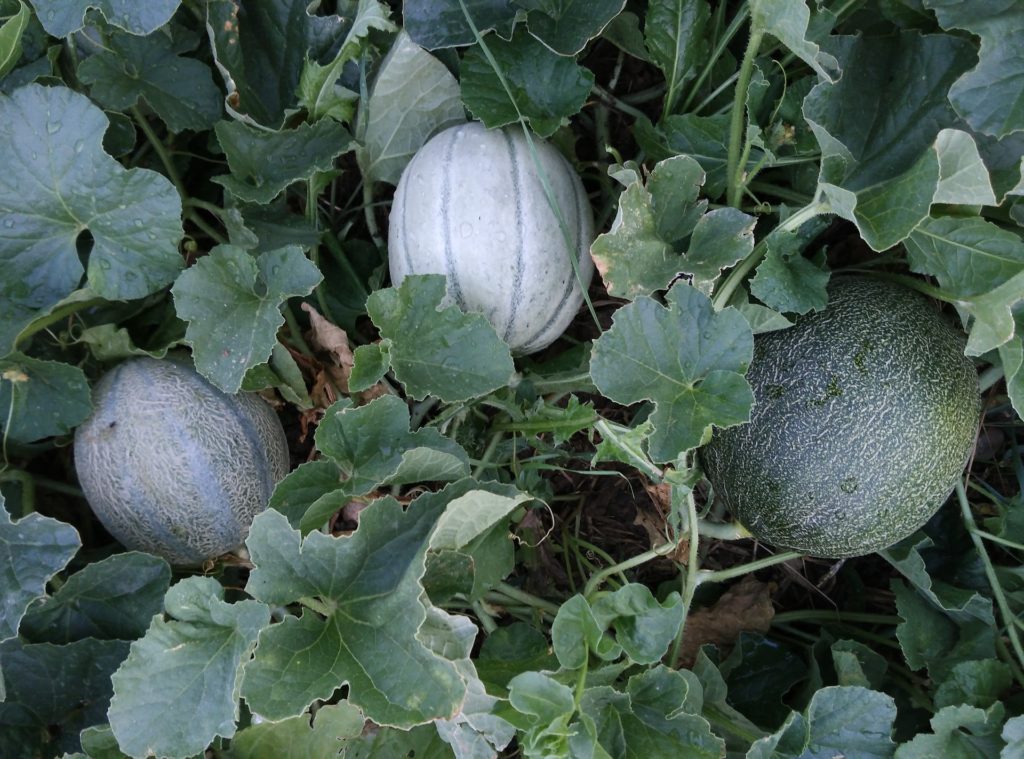
Temperature Tolerance: Melons require significant warmth, with ideal temperatures between 75°F and 90°F (24°C to 32°C). They grow poorly in cooler temperatures and should not be exposed to frost.
Planting Information: June is a prime month for sowing seeds for cantaloupe and watermelon directly in the soil. Start seeds 1 inch deep in well-prepared seedbeds.
Care Tips: Melons prefer bright sunlight and require about 1-2 inches of water weekly, especially during their growth phase. Space them 36 to 42 inches apart to allow sprawling vines enough room. Consider growing melons in raised beds with good drainage to boost yields.
Corn
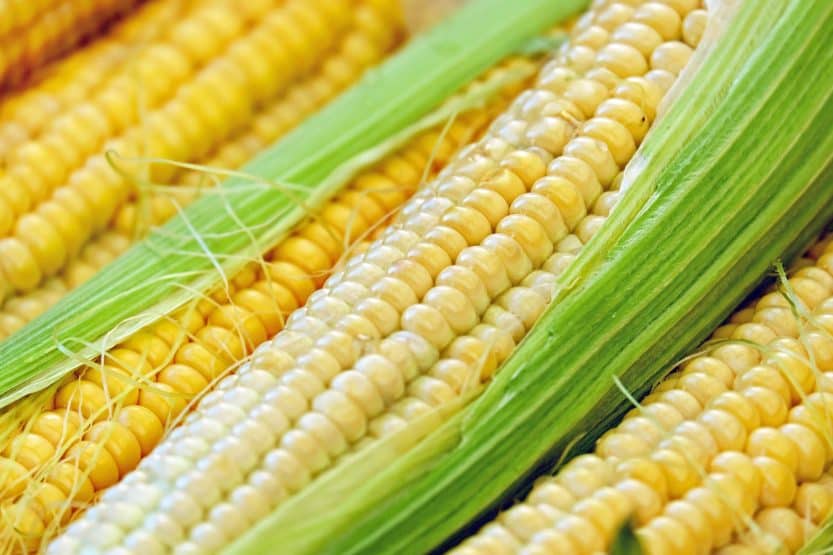
Temperature Tolerance: Corn is a warm-weather crop, best growing at temperatures between 60°F and 95°F (16°C to 35°C). Consistent warmth is critical for good germination.
Planting Information: Early June is an excellent time to start planting sweet corn such as ‘Sugar Buns’ or ‘Honey Select.’ Ideally, corn should be planted in blocks of at least three rows for proper wind pollination.
Care Tips: Corn requires approximately 1 inch of water per week and should be fertilized during the six-leaf stage. Spacing should be about 12 inches apart. Mulching helps retain moisture and can deter weeds.
Okra
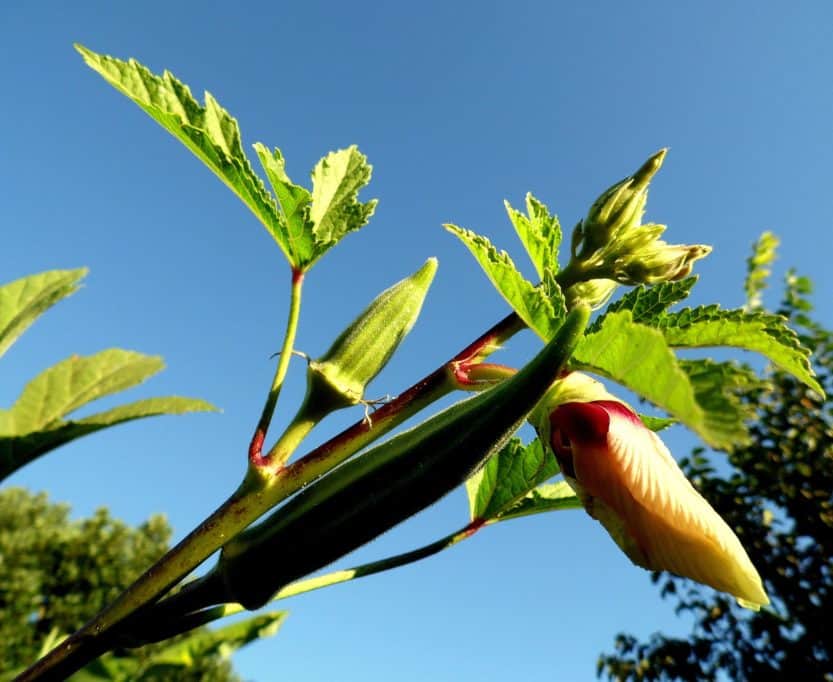
Temperature Tolerance: Okra thrives in hot weather, flourishing best in temperatures from 75°F to 95°F (24°C to 35°C).
Planting Information: June is perfect for planting varieties such as ‘Clemson Spineless.’ You can start seeds directly in the soil or transplant seedlings started indoors.
Care Tips: Space okra plants 12 to 18 inches apart to allow for bushy growth. Regular watering, especially during dry spells, can help produce plump and tender pods. Plant in well-draining, fertile soil and consider using fertilizers to promote growth.
Basil
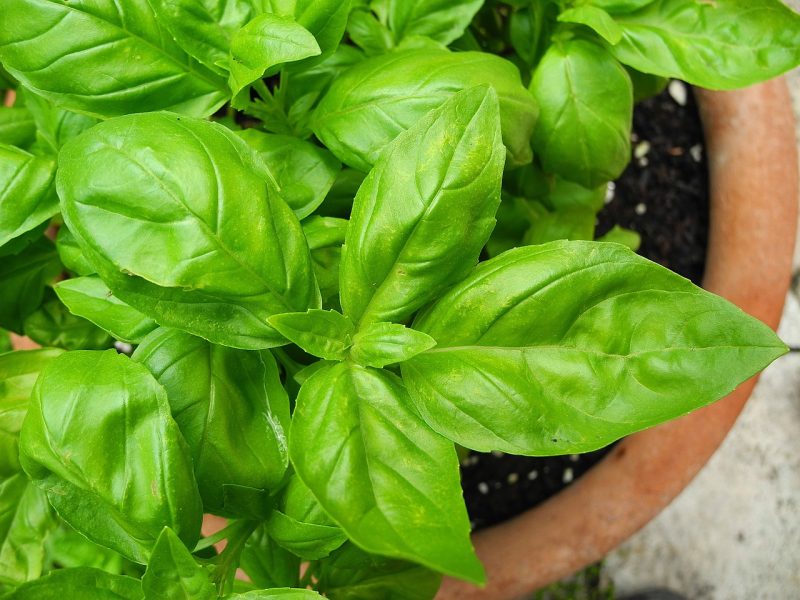
Temperature Tolerance: Basil needs warm temperatures to thrive, ideally between 70°F and 90°F (21°C to 32°C). Exposure to frost can severely damage plants.
Planting Information: June is the perfect month to plant basil, whether by direct sowing seeds outdoors or transplanting previously started seedlings. Ensure any danger of late frost has passed before planting.
Care Tips: Space basil plants about 12 to 18 inches apart, with plenty of sunlight and well-draining soil. Regular pruning encourages bushy growth and maximizes leaf production. Water consistently but avoid wetting the leaves to prevent fungal diseases.
Flowers To Plant
Flowers can enhance your garden’s aesthetics and attract pollinators. June is ideal for planting the following floral varieties in Zone 9:
Zinnias

Temperature Tolerance: Zinnias flourish in warm weather and thrive at temperatures between 70°F and 90°F (21°C to 32°C). They are susceptible to frost, so ensure no late frosts occur before planting.
Planting Information: June is an excellent month to sow seeds directly in the soil or transplant seedlings. These vibrant annuals can take about 7 to 14 days to germinate.
Care Tips: Space zinnias about 12 inches apart. They prefer well-drained soil and plenty of sun, with regular watering to keep the soil from drying out. Deadheading worn flowers will stimulate continuous blooming throughout the summer.
Marigolds
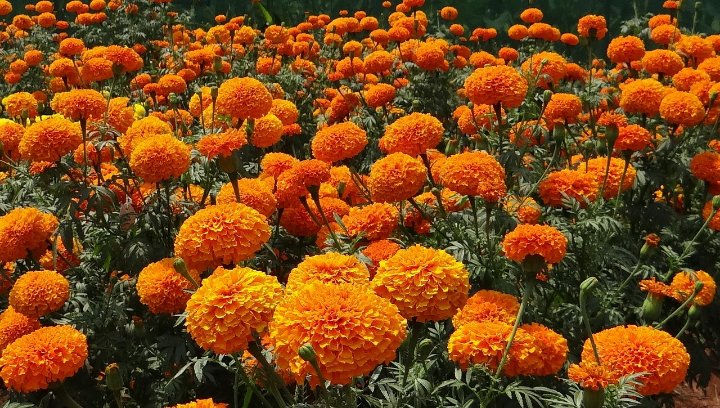
Temperature Tolerance: Marigolds thrive best in temperatures ranging from 70°F to 90°F (21°C to 32°C) and handle heat with ease while being frost-sensitive.
Planting Information: June is ideal for direct sowing seeds or transplanting marigold seedlings. They establish quickly and can start blooming within a few weeks of planting.
Care Tips: Marigolds require sunny locations and should be spaced approximately 12 to 18 inches apart. They are versatile and adaptable to various soil types but thrive in well-drained soil with adequate moisture.
Sunflowers

Temperature Tolerance: Sunflowers prefer warm conditions, thriving best at temperatures between 70°F and 95°F (21°C to 35°C). They do not tolerate frost and should be planted after the last frost date.
Planting Information: Plant sunflower seeds directly in the ground in June, ensuring the soil is at least 55°F (13°C). Seeds typically germinate in 7 to 10 days.
Care Tips: Space sunflower seeds 12 to 36 inches apart, depending on the variety. They require sunny spots and moderate watering. Tall varieties may need staking to prevent them from falling over in strong winds.
Coreopsis
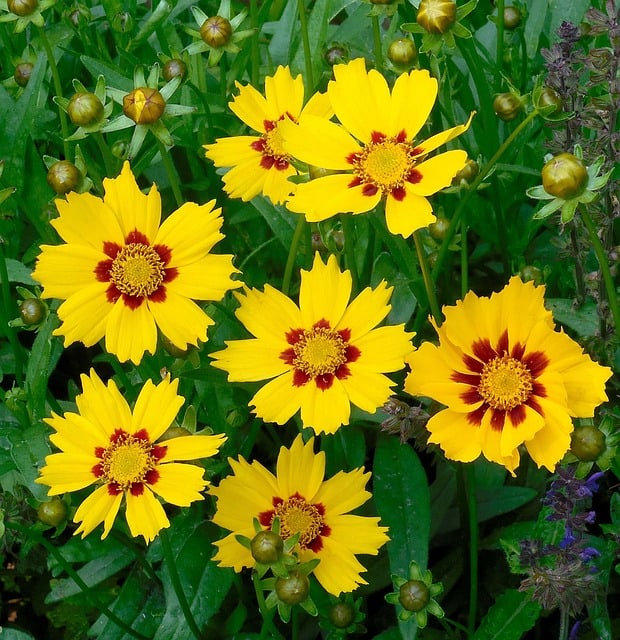
Temperature Tolerance: Coreopsis typically thrives in sunny locations and can handle temperatures between 70°F and 85°F (21°C to 29°C). They are perennials but do not endure frost well.
Planting Information: June is a suitable time to plant coreopsis seeds directly or transplant established plants. Coreopsis will typically bloom from late spring until fall if pruned.
Care Tips: Space coreopsis plants about 12 to 18 inches apart in well-draining soil. These hardy perennials require moderate watering until established and benefit from deadheading to encourage reblooming.
Cosmos

Temperature Tolerance: Cosmos perform best when temperatures are between 70°F and 85°F (21°C to 29°C). They are sensitive to frost, so ensure planting follows the last frost date.
Planting Information: Plant cosmos seeds in the ground in June directly or transplant seedlings. These flowers often bloom just a few weeks after planting.
Care Tips: Plant cosmos seeds about 12 inches apart in full sun with well-draining soil. They are drought-tolerant once established and will thrive with minimal maintenance, making them perfect for beginner gardeners.
Snapdragons
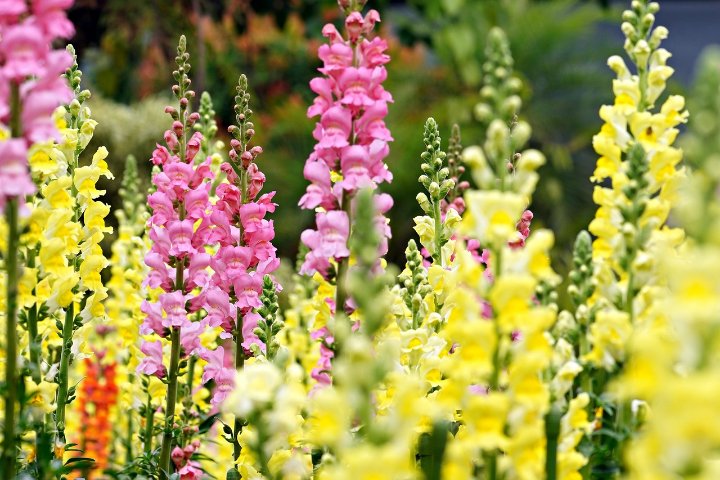
Temperature Tolerance: Snapdragons prefer cooler weather, but they can still be planted in Zone 9 in June for fall blooms, enjoying temperatures between 60°F and 80°F (15°C to 27°C).
Planting Information: Transplant seedlings established indoors or directly plant seeds for late blooms. June planting allows for a better chance of healthy fall blooms.
Care Tips: Space snapdragons about 12 to 18 inches apart in sunny locations with well-draining soil. Regular deadheading will prolong blooming periods.
Petunias
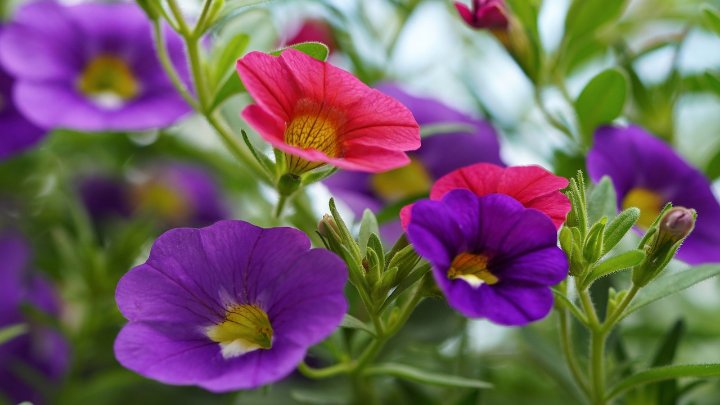
Temperature Tolerance: Petunias love sun and warmth, preferring temperatures between 65°F and 85°F (18°C to 29°C). They are sensitive to frost.
Planting Information: June is perfect for transplanting petunia seedlings into well-prepared flower beds, ensuring they receive adequate sunlight.
Care Tips: Plant petunias 12 to 18 inches apart, and water regularly. These vibrant flowers thrive with a balanced fertilizer to support their blooming capabilities throughout the summer.
Dianthus

Temperature Tolerance: Dianthus thrives in full sun to partial shade and prefers cooler temperatures of 70°F to 75°F (21°C to 24°C). They do not fare well in frost conditions.
Planting Information: Plant dianthus in June for summer blooms. They are easy to direct sow into prepared beds or transplant as seedlings.
Care Tips: Space plants about 10 to 12 inches apart in fertile, well-draining soil. Regular pruning can promote denser foliage and reblooming.
Lantana
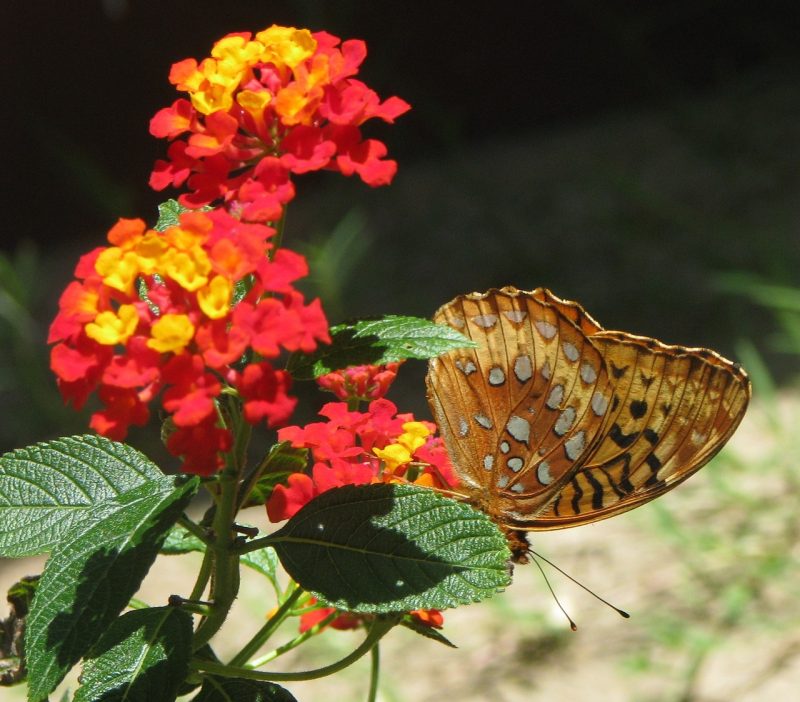
Temperature Tolerance: Lantana is extremely heat-tolerant, flourishing in hot summers with temperatures of 70°F to 100°F (21°C to 38°C). It is also drought-resistant.
Planting Information: June is an excellent time to plant lantana in sunny garden areas, either from seed or as established plants. Lantana can start blooming in just a few weeks.
Care Tips: Space lantanas about 2 feet apart in well-draining soil. These low-maintenance plants need minimal watering once established but will benefit from periodic deadheading to keep them in bloom.
Agastache
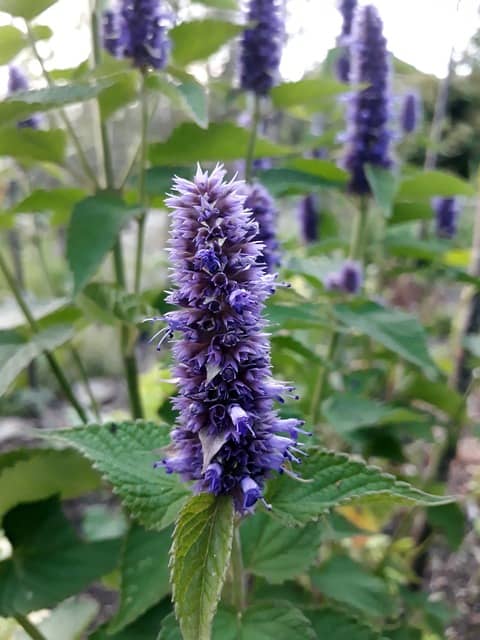
Temperature Tolerance: Agastache prefers warmer climates, thriving between 70°F and 85°F (21°C to 29°C). They’re somewhat drought-tolerant once established.
Planting Information: Plant agastache in June, placing seeds in well-draining soil, whether as direct sow or transplanted seedlings.
Care Tips: Space plants about 12 to 18 inches apart in sunny spots. They attract pollinators, adding beauty to the garden while remaining low-maintenance.
Herbs To Plant
Herbs not only enhance culinary experiences but also provide aromatic beauty to your garden. Here are ten herbs ideal for June planting in Zone 9:
Basil

Temperature Tolerance: Basil thrives in warm weather, preferring temperatures between 70°F and 90°F (21°C to 32°C) and is very sensitive to frost.
Planting Information: June is the perfect month to start basil, either from seed or pre-grown seedlings. Basil can germinate in around 5 to 10 days.
Care Tips: Space plants 12 to 18 inches apart, ensuring good airflow. Basil loves well-draining soil with plenty of organic matter. Regular harvesting will encourage bushier growth.
Oregano
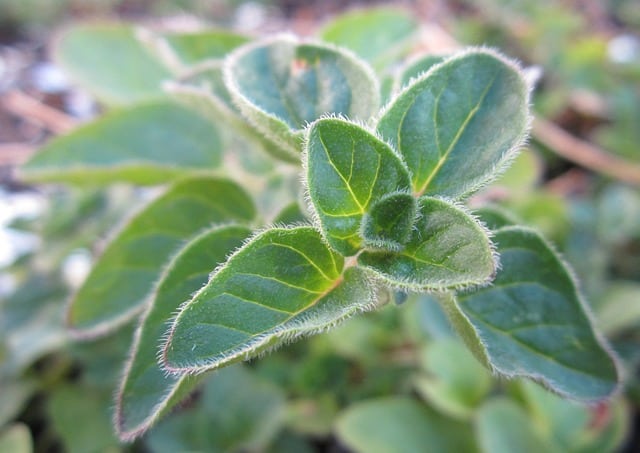
Temperature Tolerance: Oregano tolerates high temperatures, preferring between 70°F and 85°F (21°C to 29°C) and is quite hardy against drought conditions.
Planting Information: Plant oregano seeds or seedlings in June, taking care to establish the plants in a sunny area of the garden.
Care Tips: Oregano should be spaced about 12 to 18 inches apart. Water consistently but allow soil to dry out slightly between watering sessions. This herb adapts well to poor soil and rarely requires fertilization.
Rosemary
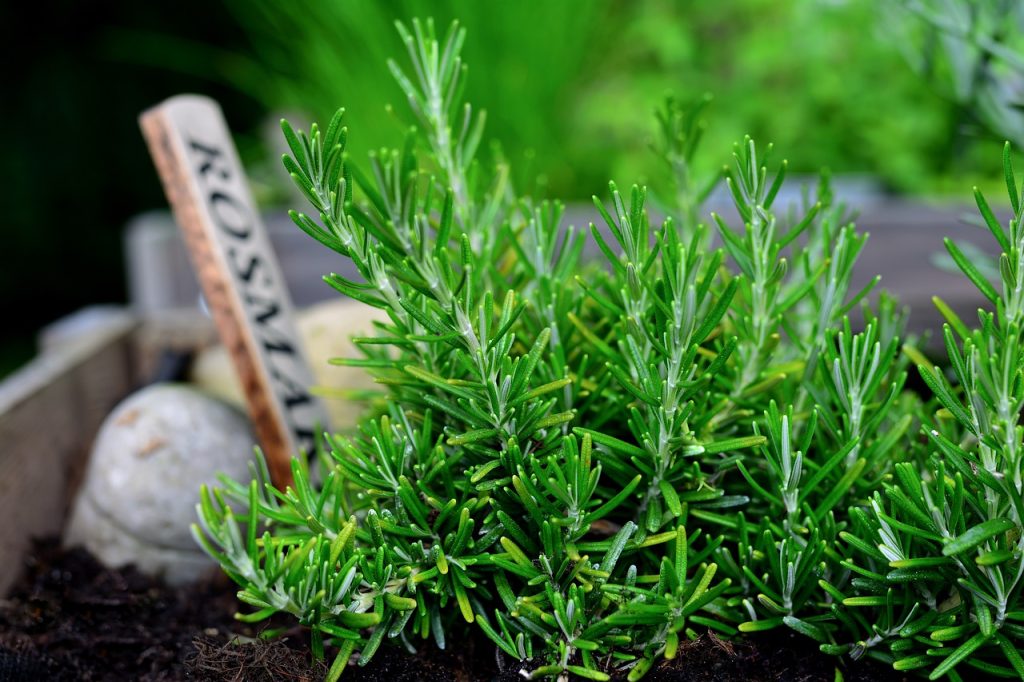
Temperature Tolerance: Rosemary is a resilient perennial, thriving in temperatures between 70°F and 90°F (21°C to 32°C) while preferring well-drained soils.
Planting Information: June is ideal for planting rosemary. You can start it from seeds, but cuttings from established plants often take quicker.
Care Tips: Space rosemary plants 18 to 24 inches apart in full sun. They are drought-tolerant but will benefit from moderate watering in the early stages. Pruning helps shape the plant and improve air circulation.
Thyme
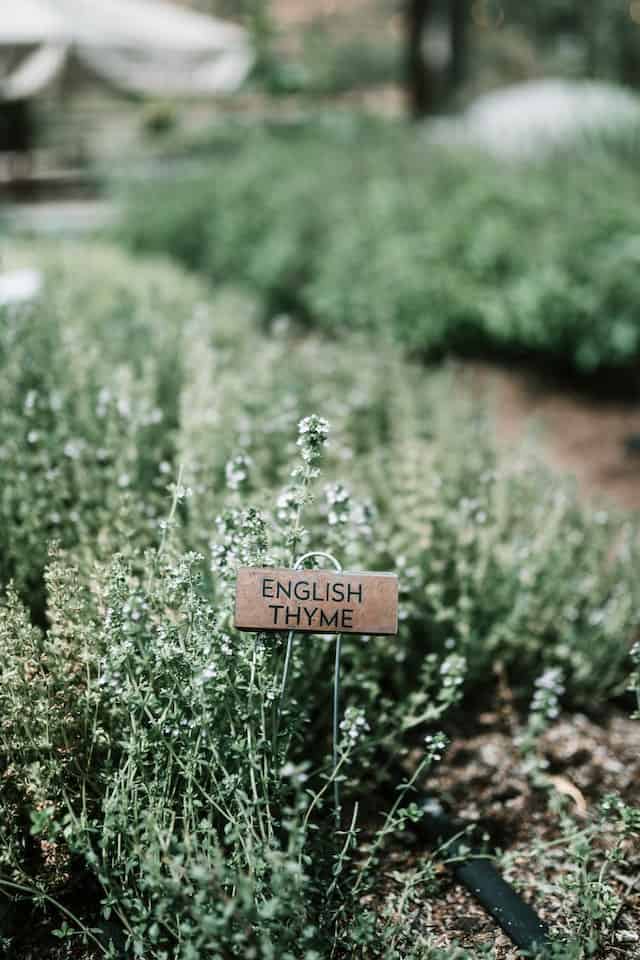
Temperature Tolerance: Thyme enjoys warm conditions, thriving between 70°F to 85°F (21°C to 29°C) and is very drought-tolerant once established.
Planting Information: June is an excellent month to sow thyme seeds or transplant young plants. It generally takes thyme about 14 to 28 days to germinate.
Care Tips: Thyme should be spaced at least 12 inches apart and prefers well-draining sandy soils. Minimal watering will suffice, as thyme can thrive with neglected conditions.
Cilantro
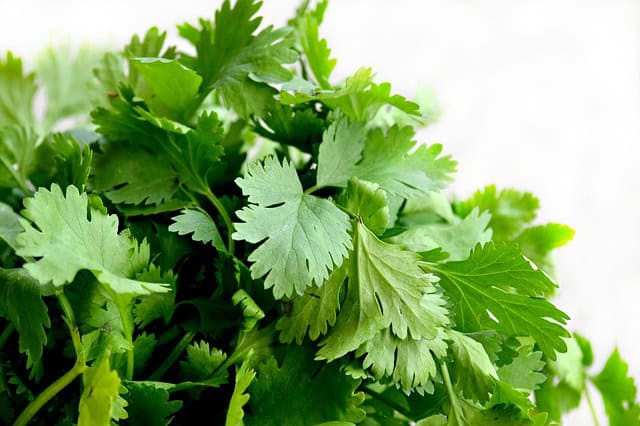
Temperature Tolerance: Cilantro prefers cooler temperatures but can still endure summer heat, thriving best in 55°F to 75°F (13°C to 24°C). In hot weather, it can bolt quickly.
Planting Information: You can plant cilantro in June for a quick succession crop, ensuring that watering is consistent to maintain a longer harvest.
Care Tips: Space plants about 6 to 10 inches apart in well-drained, nutrient-rich soil. Frequent harvesting will delay bolting and yield fresh leaves for culinary uses.
Dill
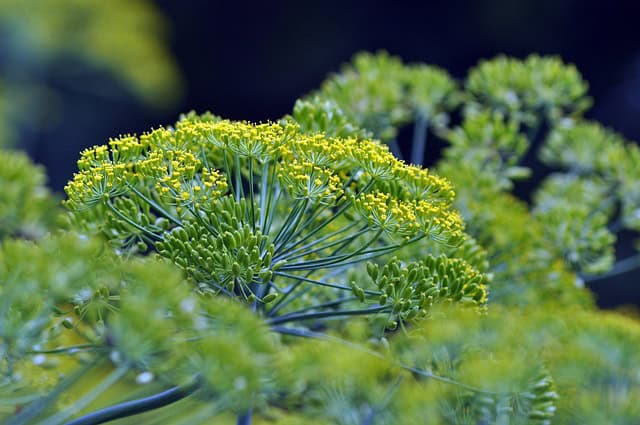
Temperature Tolerance: Dill thrives best in warmer temperatures, preferring 70°F to 80°F (21°C to 27°C) with adequate sunlight.
Planting Information: Dill seeds can be sown directly in June. They typically germinate in about 7 to 14 days and can grow generously if cared for correctly.
Care Tips: Space dill plants about 12 inches apart in nutrient-rich soil. Regular watering is key, especially during flowering, to maintain healthy foliage and prevent bolting.
Chives

Temperature Tolerance: Chives thrive in temperatures around 60°F to 75°F (15°C to 24°C) and can endure cooler conditions than many other herbs.
Planting Information: Plant chives in June; they can also be started from divisions in the garden. They typically take about 10 to 14 days to sprout.
Care Tips: Space plants about 12 inches apart, with a preference for full sun. Regular cutting encourages dense growth. Chives are hardy and can tolerate neglect once established.
Mint
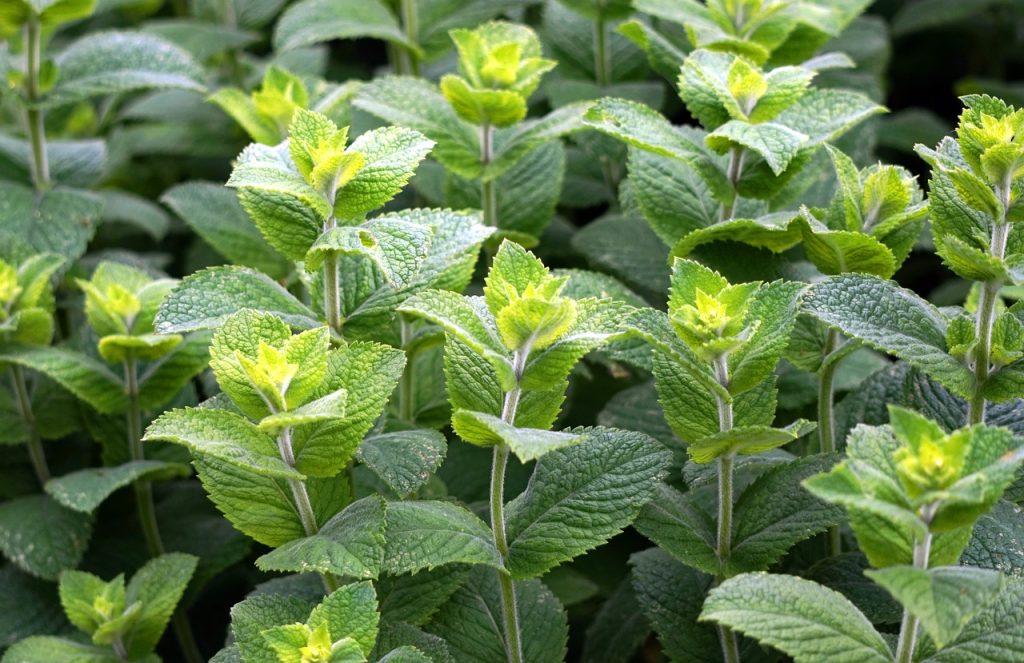
Temperature Tolerance: Mint is a vigorous grower that thrives in temperatures between 65°F and 80°F (18°C to 27°C) and enjoys moist soil conditions.
Planting Information: Mint can also be planted in June, usually from cuttings or divisions to manage its invasive tendencies.
Care Tips: Plant mint in pots or containers to keep its growth contained. It enjoys regular watering but should not be waterlogged.
Parsley
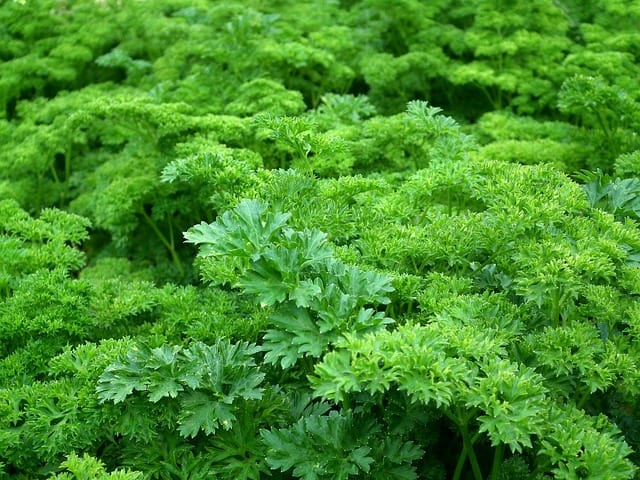
Temperature Tolerance: Parsley prefers cooler weather, thriving at temperatures between 60°F to 70°F (15°C to 21°C) and can tolerate light frost.
Planting Information: June is suitable for planting parsley, allowing for a continuous fresh supply throughout summer.
Care Tips: Space parsley about 12 inches apart and ensure it receives plenty of sunlight and moderate watering to maintain growth.
Fennel
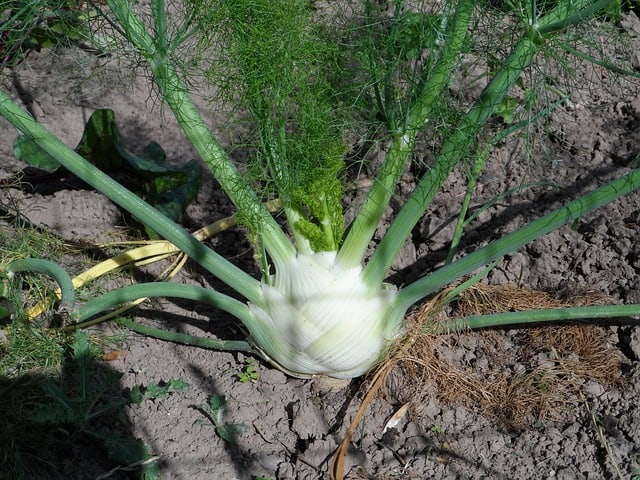
Temperature Tolerance: Fennel thrives at warmer temperatures ranging from 70°F to 90°F (21°C to 32°C), enjoying plenty of sun and nutrients.
Planting Information: June is a great time to plant fennel seeds, which typically germinate in about 10 to 20 days.
Care Tips: Fennel requires enough space for its doubling, around 18 inches apart. Regular moisture is vital for good bulb development, so watering consistently will enhance yield.
Landscape Plants To Plant In June
Enhancing your garden with landscape plants can create a beautiful and inviting outdoor space. Here are some exceptional landscape plants to plant in June in Zone 9:
Bottlebrush (Callistemon)
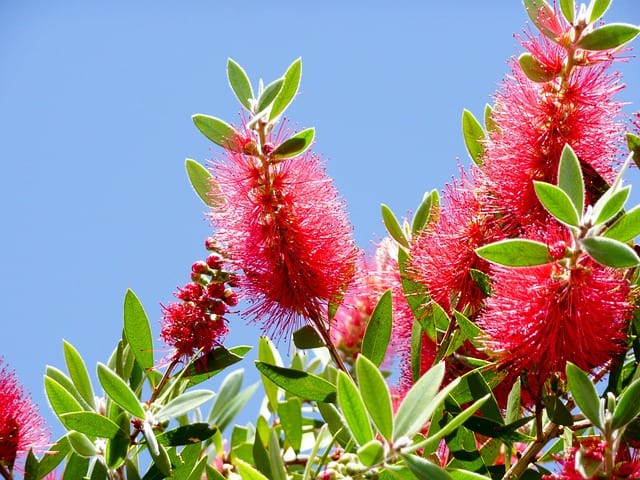
Temperature Tolerance: Bottlebrush thrives in warm climates with temperatures between 70°F and 90°F (21°C to 32°C). They are semi-tropical in nature.
Planting Information: June is ideal for planting bottlebrush, either as seeds or well-established seedlings.
Care Tips: This shrub enjoys full sun and can tolerate drought once established. Proper watering in early growth stages supports robust root development.
Yucca
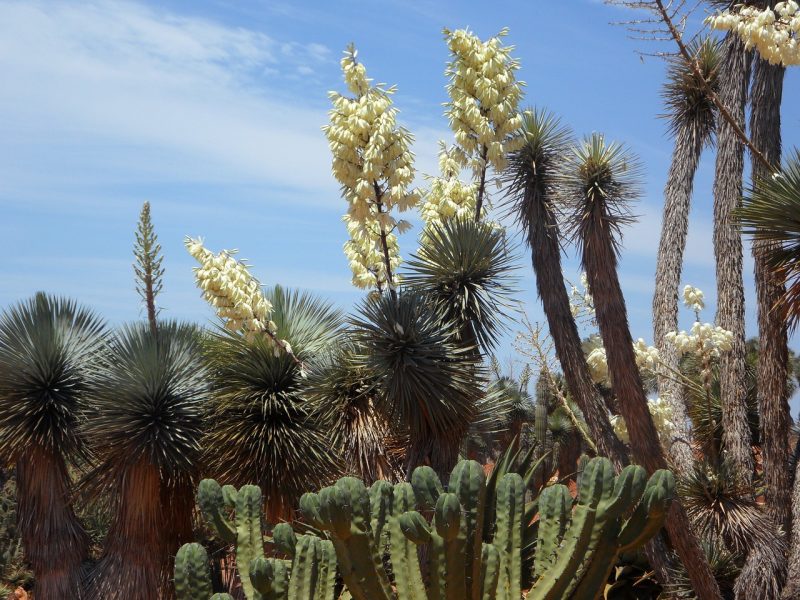
Temperature Tolerance: Yucca adapts well in arid environments, with heat tolerance ranging from 70°F to 100°F (21°C to 38°C)—perfect for sunny gardens.
Planting Information: Plant yucca in June in well-drained soil, either from seeds or by dividing established plants.
Care Tips: Space yucca plants about 3 to 4 feet apart. Yuccas are drought-resistant and putting them in dry soil prevents rot.
Daylilies (Hemerocallis)
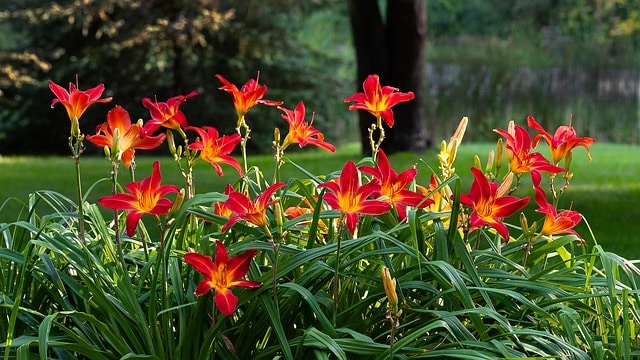
Temperature Tolerance: Daylilies adapt well in various climates, thriving between 70°F and 85°F (21°C to 29°C) without suffering in heat.
Planting Information: June is a great time to plant daylily bulbs, allowing them to establish before the blooming season in late summer.
Care Tips: Space daylilies about 18 inches apart in well-draining soil. They are generally low-maintenance but bloom best with regular watering.
Society Garlic (Tulbaghia violacea)

Temperature Tolerance: Society garlic prefers warm conditions, thriving between 70°F to 90°F (21°C to 32°C) with minimal water once fully established.
Planting Information: June is ideal for planting society garlic, whether as seeds or divisions; expect flowers as early as that summer.
Care Tips: Space plants about 12 to 18 inches apart in well-draining soil, providing full sun and moderate watering until establishment.
Agave
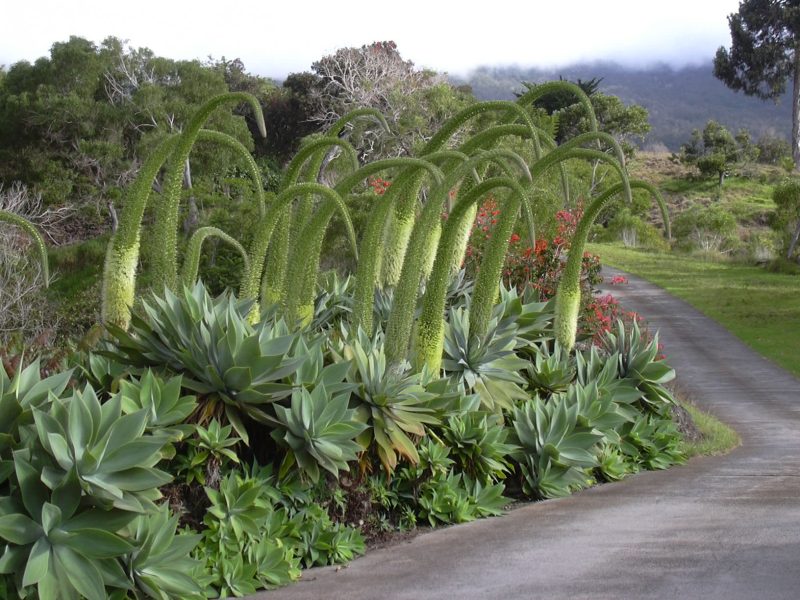
Temperature Tolerance: Agave excels in hot climates, thriving at temperatures up to 100°F (38°C) and is intensely drought-tolerant.
Planting Information: June is perfect for planting agave, with seeds or offsets from established plants commonly used.
Care Tips: Space plants at least 3 to 5 feet apart, as they can become large. Well-draining soil is critical to prevent rot, and minimal watering is needed.
Ornamental Grasses
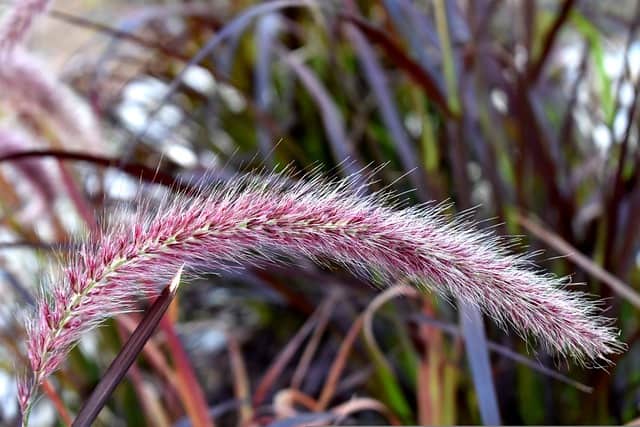
Temperature Tolerance: Ornamental grasses thrive in a variety of temperatures, adapting well to heat ranges from 60°F to 90°F (16°C to 32°C).
Planting Information: June is suitable for planting groupings of ornamental grasses, which add texture and movement to gardens.
Care Tips: Space grasses according to variety, often around 12 to 24 inches apart. Most ornamental grasses prefer average moisture but can also tolerate periods of dryness.
Plumbago
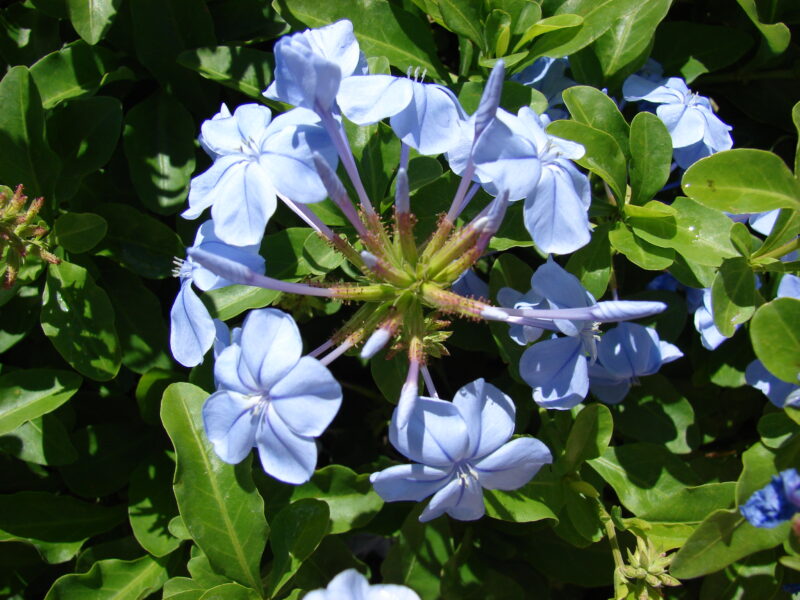
Temperature Tolerance: Plumbago widely flourishes in temperatures between 70°F and 90°F (21°C to 32°C). Frost can damage its growth.
Planting Information: June is an excellent time to plant plumbago as seeds or transplants.
Care Tips: Space plumbago plants around 3 feet apart in well-drained soil. Regular watering establishes them, but once settled, they can thrive with less frequent irrigation.
Mexican Sage (Salvia leucantha)
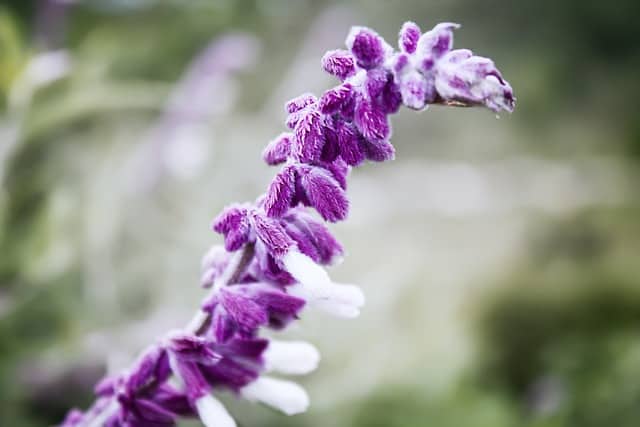
Temperature Tolerance: Mexican sage thrives in warm climates and can withstand heat from 70°F to 95°F (21°C to 35°C).
Planting Information: June is perfect for planting Mexican sage, which can be established via seed or divisions.
Care Tips: Space plants 18 to 24 inches apart in full sun. These plants are drought-tolerant but still benefit from consistent watering during flowering.
Butterfly Bush (Buddleja)
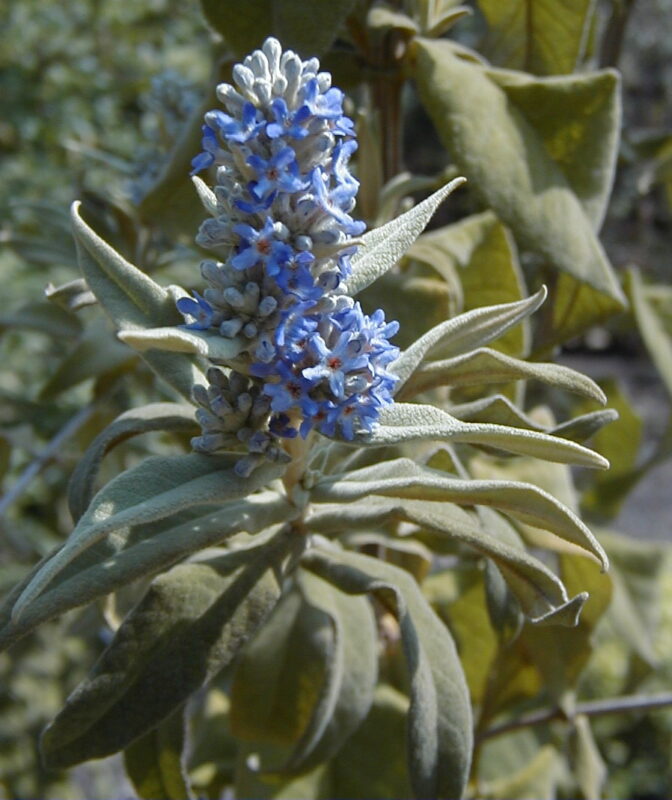
Temperature Tolerance: Butterfly bushes grow best in temperatures ranging from 70°F to 100°F (21°C to 38°C), making them ideal for hot summer gardens.
Planting Information: June is a great time to plant butterfly bushes either from seeds or transplants in well-prepared beds.
Care Tips: Space plants about 3 feet apart, providing strong sunlight and well-draining soil. Water in dry spells to maintain growth, and regular pruning will promote healthy blooms.





